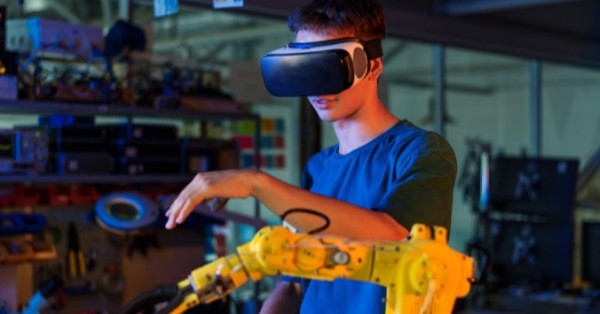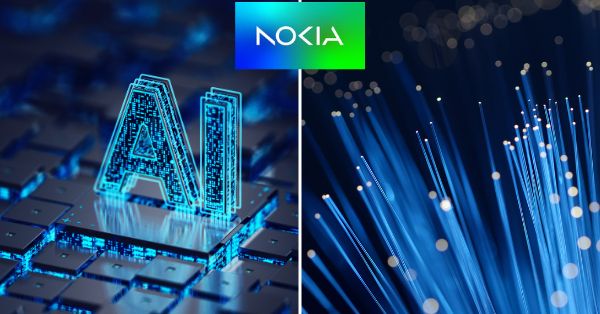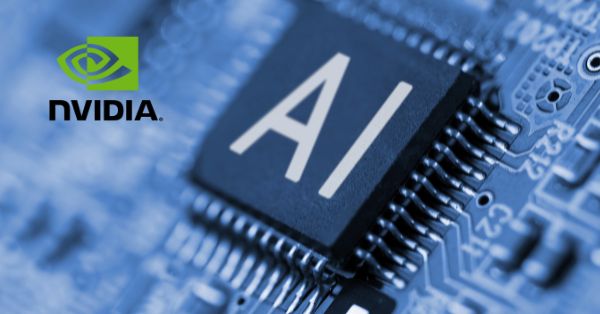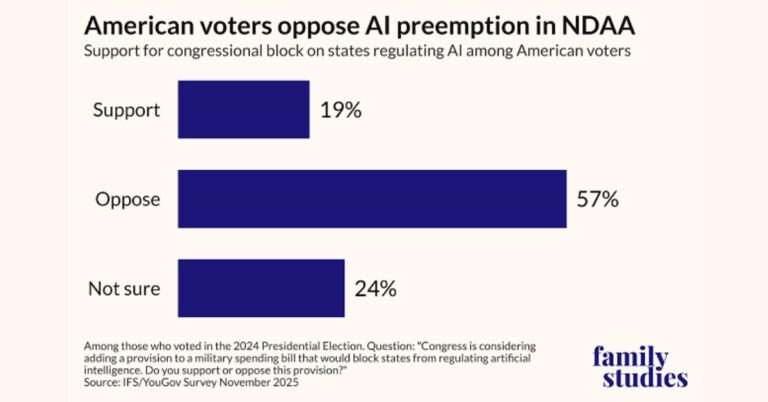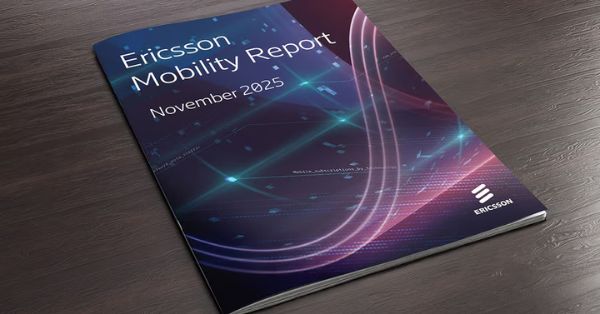Predicting where artificial intelligence will be in 5-10 years is challenging given the rapid pace of change, but one thing is certain: AI will have a profound impact on how we work and live.
Having observed senior managers grapple with AI implementation at recent industry summits, it’s clear that while leadership understands change is coming, most organizations are still “nibbling around the corners” rather than embracing transformative applications.
The Current Implementation Challenge
Organizations face a fundamental concern in AI adoption. Many want to maintain data silos and restrict AI access to information within their own walls, creating a recurring question: what information should AI systems have access to? This cautious approach, while understandable from a security perspective, may limit AI’s transformative potential.
The desire to maintain data silos in the context of AI adoption is a complex apprehension issue driven by a combination of factors, including data security, competitive advantage, regulatory compliance, technical challenges, and organizational culture. While data silos can offer benefits in terms of control and security, they can also hinder innovation and limit the potential of AI. Organizations must carefully weigh these competing considerations when developing their AI strategies.
Slow adoption isn’t entirely negative. Senior executives often lack deep technical understanding, and this delay has given us time to better understand how to use large language models (LLMs) effectively. We’re still in the experimental phase, much like the early days of steam engines when we could make them work without fully understanding the underlying principles.
Debunking the Job Replacement Myth
The widespread claim that AI will eliminate masses of jobs deserves scrutiny. While AI will likely reduce certain types of work, the jobs most often cited as at risk—programming and data analysis—may actually become more valuable. History shows us that as workers become more efficient, organizations don’t run out of tasks; they find new ways to leverage that efficiency.
The charts showing AI-related layoffs are misleading. Most of these reductions began in 2022, well before ChatGPT gained prominence. The real culprit was likely Section 174 of the U.S. tax code, which required companies to capitalize all R&D salaries, a change that forced many organizations to trim their technical workforce to manage new tax obligations.
Learning from History: The Steam Engine Parallel
The AI revolution mirrors the steam engine transformation more than any other technological shift. Both technologies emerged before we fully understood their mechanics. Just as thermodynamics was developed by Carnot to improve steam engine efficiency during the Napoleonic Wars, while AI advancements are rapid, the industry is still groping to understand optimal AI architectures—from embedding space sizes to attention mechanisms.
Most importantly, the creators of steam engines weren’t the ultimate commercial winners. Similarly, AI engine developers may not capture the greatest value. The lack of strong monopoly effects, combined with inevitable competition (particularly from China’s open-source initiatives), suggests that AI infrastructure providers face uncertain long-term prospects.
Where the Real Opportunities Lie
The biggest winners will likely be organizations that successfully integrate AI into their operations, gaining a significant competitive advantage, just as textile manufacturers who adopted steam engines transformed their industries took advantage of that pivotal moment in the Industrial Revolution.
The Industrial Revolution saw a pivotal shift driven by visionary textile manufacturers like Richard Arkwright and Samuel Greg. Recognizing the transformative power of steam, pioneers like James Watt and Matthew Boulton invested in its potential, building steam engines to revolutionize production. They understood that steam power could increase output, lower labor costs, and streamline manufacturing processes, effectively laying the groundwork for modern industry. While these innovators focused on the application of steam, Francis Cabot Lowell is credited with bringing the Industrial Revolution to the United States, though his reliance on steam power at that early stage is uncertain.
Examining the potential of AI today reveals particular promise across several sectors:
Knowledge Management – a New Revolution in the Making?
AI will fundamentally change how organizations capture and apply tribal knowledge. Rather than managing data, AI will revolutionize knowledge management—how we organize, share, and gain insights from information. This represents a true “Knowledge Revolution 2.0.”
Enhanced Professional Services
Legal professionals will benefit from advanced search capabilities through RAG (Retrieval-Augmented Generation) systems and scenario planning tools. Education will see improvements in lesson planning, grading, and personalized student feedback. These aren’t job replacements but significant productivity enhancements.
Operational Excellence
Vision applications, already advanced before ChatGPT’s emergence, offer tremendous potential for monitoring and improving operations. Companies are far behind in recognizing these capabilities. AI-powered project management tools will provide unprecedented visibility into progress and problems, potentially preventing costly delays like those seen in major infrastructure projects.
Sales and Customer Relations
Customer relationship management (CRM) will evolve from clunky data entry systems to comprehensive, automated platforms. These platforms will automatically monitor interactions (calls, emails, meetings) and consolidate data from diverse sources, creating a unified view of each customer and partner. This transformation will free sales professionals to focus on relationship building rather than administrative tasks.
Content and Creative Industries
Rather than eliminating creative jobs, AI tools may democratize content creation and drive down costs. The current £5,000 price tag a website expert needs for basic website development reflects tool limitations rather than fair market value. Improved automation could increase both the supply of and demand for creative services.
The Infrastructure Question
The “picks and shovels” strategy—investing in AI infrastructure providers—faces significant risks. Efficiency improvements, as demonstrated by DeepSeek’s cost-effective model training, could rapidly devalue existing hardware investments. The key insight, seemingly lost on some major players, is that moving data efficiently through systems matters more than raw computational power.
Moreover, geopolitical tensions may accelerate the development of alternative infrastructure providers, particularly in China, potentially fragmenting what some assumed would be a stable monopoly market.
The Path Forward
Over the next decade, large enterprises must embrace AI or risk being overtaken by competitors who successfully integrate these capabilities. I believe the most significant transformation won’t be in data processing but in knowledge management—how organizations make decisions, solve problems, and leverage collective intelligence.
Leadership teams currently focused on risk, governance, and security—while important—are missing their critical role as champions of revolutionary technology. They need to shift from defensive positioning to actively exploring where and how AI can maximize their organization’s potential, especially within the tribal knowledge sphere.
The organizations that thrive will be those that move beyond tentative experimentation to thoughtful, comprehensive AI integration. The question isn’t whether AI will transform business operations, but whether your company will lead or follow in this transformation.
As we enter this new era, success will depend less on access to the most advanced AI models and more on the wisdom to apply these tools effectively to real business challenges. The revolution is underway—the winners will be those who recognize that we’re not just in an AI revolution, but in Knowledge Revolution 2.0.



